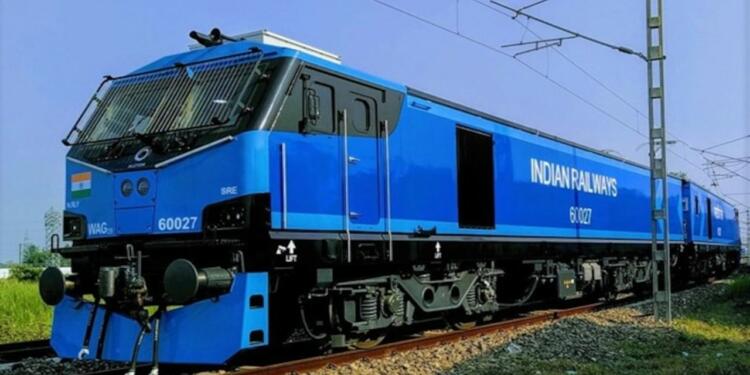It seems that the winds of change are blowing across India, and the government is taking significant steps to embrace its indigenous identity. While it’s widely known that “India” and “Bharat” are used interchangeably in the country’s Constitution, recent developments indicate a growing preference for the latter, more traditional term.
A notable development in this regard comes from the railway ministry. Reports suggest that a proposal, presented to the Union Cabinet, has boldly replaced “India” with “Bharat” throughout the document. This move is seen as a clear signal of the government’s intention to gradually transition towards using “Bharat” as the primary name for the nation.
This change in nomenclature follows closely on the heels of a proposal put forth by the National Council of Educational Research and Training (NCERT). The NCERT panel recommended replacing “India” with “Bharat” in all school textbooks, emphasizing the need to embrace India’s indigenous identity.
Also read: NCERT wakes up for good as they propose Bharat for India
The chairman of the NCERT panel, CI Isaac, outlined some key recommendations. In addition to the shift from “India” to “Bharat,” the panel proposed introducing “classical history” in place of “ancient history” in the curriculum. Furthermore, the panel advocated for the inclusion of the Indian Knowledge System (IKS) in the syllabus, aiming to enrich students’ understanding of India’s heritage and culture.
The Times of India, citing reliable sources, reported that the railway ministry’s proposal was just the beginning of what could be a series of changes across government documents. In the coming days, it is expected that “Bharat” will increasingly feature in official paperwork.
One noteworthy aspect of this transition is the clarification that “India” and “Bharat” are indeed interchangeable in the Constitution. This means that referring to the country as “Bharat” in the cabinet proposal was entirely legitimate. In fact, the railway ministry’s proposal is likely the first of many to adopt “Bharat” in place of “India,” marking the beginning of a significant shift in terminology.
This move towards embracing “Bharat” as the preferred term is significant for several reasons. It reflects a desire to reconnect with India’s rich historical and cultural heritage. “Bharat” carries a deep sense of tradition and resonates with the country’s ancient roots, which is an essential aspect of its identity.
The inclusion of classical history in the curriculum also aligns with this objective. By emphasizing classical history, the education system can provide students with a deeper understanding of India’s past, fostering a sense of pride and connection with the country’s age-old traditions and achievements.
The introduction of the Indian Knowledge System (IKS) in the syllabus is another vital step. This system comprises a vast reservoir of knowledge, encompassing fields like Ayurveda, yoga, astronomy, and more. Integrating IKS into the education system will help students appreciate the unique contributions of Indian civilization to the world’s knowledge pool.
The shift from “India” to “Bharat” also symbolizes a broader movement to promote the use of native terminology and ideas. It encourages the acknowledgment of India’s own historical narratives and philosophy, promoting self-reliance and self-awareness.
It’s important to note that this transition does not seek to erase the term “India” but rather to establish “Bharat” as the primary, more culturally rooted name. By promoting this change, the government aims to foster a sense of unity and pride among its citizens, connecting them with their heritage in a more profound way.
Also read: Aarey ‘guardian’ Shraddha Kapoor’s Lamborghini purchase raises eyebrows
As we move forward, we can anticipate that “Bharat” will become an increasingly common term in government documents and educational materials. This transition reflects the government’s commitment to nurturing a sense of identity, preserving cultural heritage, and encouraging a more holistic understanding of India’s history.
In summary, the recent move by the railway ministry to replace “India” with “Bharat” in its proposal to the Cabinet is a significant step towards embracing India’s indigenous identity. This shift, in conjunction with the NCERT’s recommendations, reflects the government’s commitment to reconnect with its rich historical and cultural heritage. As we witness this transition, it is evident that “Bharat” is poised to become an increasingly prominent term in official use, fostering a deeper sense of unity and pride among the people of India.
Support TFI:
Support us to strengthen the ‘Right’ ideology of cultural nationalism by purchasing the best quality garments from TFI-STORE.COM































